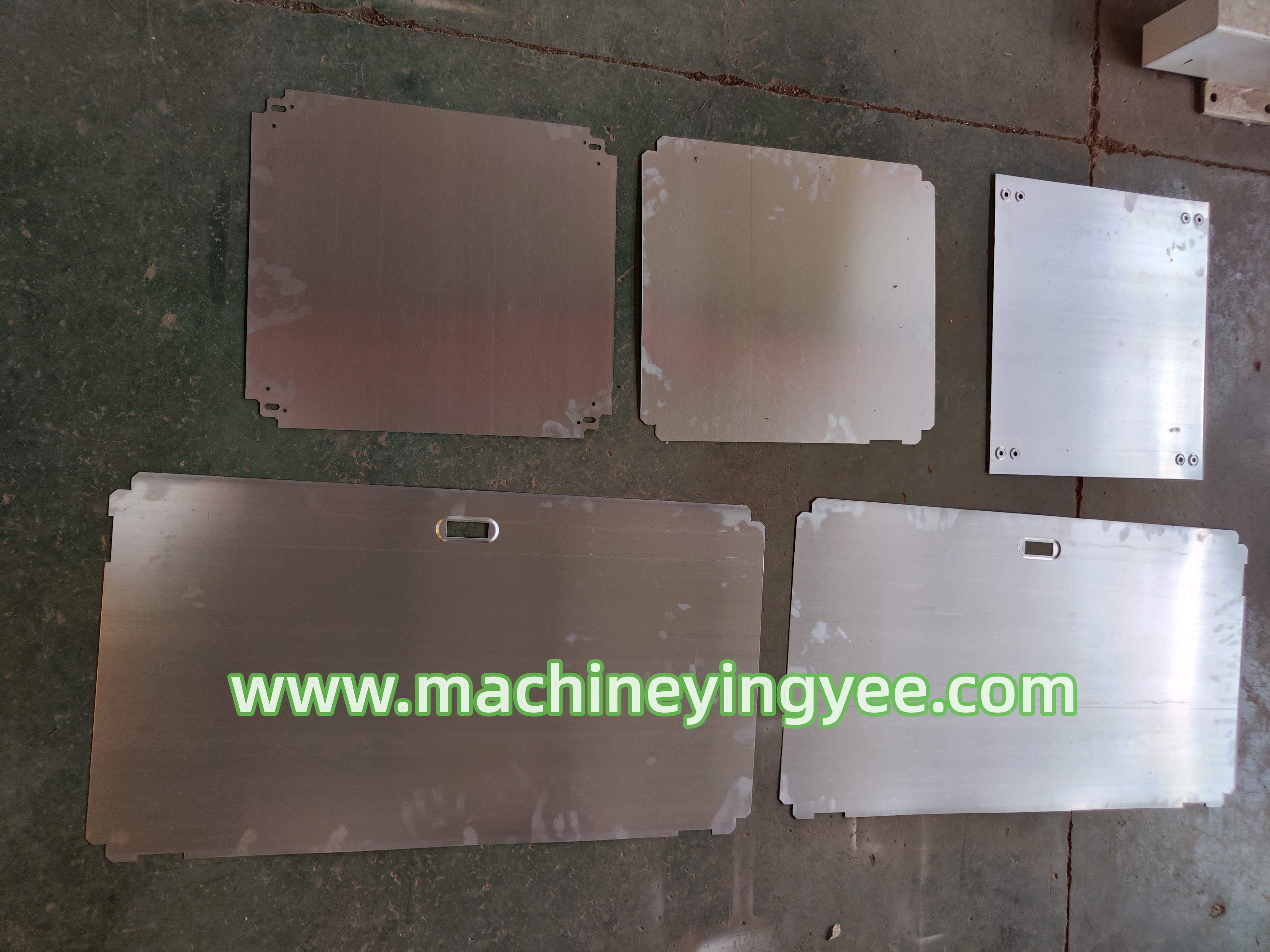
An Overview of Stainless Steel Pipe Making Equipment
Stainless steel pipes are an essential component in various industries, including construction, automotive, and chemical processing. The manufacturing process for these pipes involves specialized equipment designed to produce high-quality stainless steel products efficiently and with precision. This article delves into the types of equipment used in the making of stainless steel pipes, the manufacturing processes involved, and the importance of advanced technology in this sector.
Types of Stainless Steel Pipe Making Equipment
1. Slitting Machines The initial step in producing stainless steel pipes is to process large stainless steel coils into strips. Slitting machines are used for this purpose, allowing operators to cut coils into narrower widths. The precision of slitting is crucial as it directly affects the quality and uniformity of the final product.
2. Tube Forming Machines After obtaining the necessary strips, the next step is tube forming. Tube forming machines convert flat metal strips into tubular shapes. This equipment utilizes various methods, including roll forming and welding, to create seamless or welded stainless steel pipes. Advanced tube forming machines are equipped with multiple rolls to ensure consistent shape and dimension throughout the length of the pipe.
3. Welding Machines For welded pipes, welding machines play a vital role in joining the edges of the formed tube. These machines may utilize different welding techniques, such as TIG (Tungsten Inert Gas) welding or MIG (Metal Inert Gas) welding, depending on the specific requirements of the pipe. The choice of welding technique impacts the strength, appearance, and overall quality of the weld.
4. Heat Treatment Equipment After welding, the pipes often require heat treatment to relieve stresses and enhance corrosion resistance. Heat treatment furnaces are employed to achieve the desired mechanical properties and improve the overall durability of the stainless steel pipes.

5. Testing and Inspection Equipment Quality assurance is paramount in the manufacturing of stainless steel pipes. Various testing and inspection devices, such as ultrasonic testers and eddy current testers, are used to check for flaws, such as cracks or inconsistencies in the welds. Additionally, visual inspections are conducted to ensure that the surface finish meets industry standards.
6. Finishing Equipment The final stage in the manufacturing process involves finishing the stainless steel pipes. This may include polishing, passivation, or coating to enhance the pipes' aesthetic appeal and resistance to corrosion. Finishing equipment, including belt sanders and polishing machines, plays a vital role in achieving the desired surface finish.
The Importance of Technology in Pipe Manufacturing
In recent years, advancements in technology have significantly improved the efficiency and effectiveness of stainless steel pipe manufacturing. Automation plays a crucial role in streamlining processes, reducing labor costs, and increasing production rates. Robotics and computer numerical control (CNC) machines are increasingly utilized for precise cutting, welding, and finishing tasks.
Moreover, the integration of artificial intelligence (AI) and the Internet of Things (IoT) into manufacturing equipment allows for better monitoring and optimization of production processes. This technology helps manufacturers quickly identify issues and maintain high standards of quality control, ultimately leading to reduced waste and increased sustainability.
Conclusion
The manufacturing of stainless steel pipes is a complex process that requires a variety of specialized equipment. Each piece of machinery contributes to the overall quality and efficiency of production, from slitting and tube forming to welding and finishing. With ongoing advancements in technology and increased automation, the stainless steel pipe manufacturing industry continues to evolve, meeting the demands of an ever-changing market. As we move forward, the focus will likely shift toward sustainability and innovation, ensuring that stainless steel pipes remain a reliable choice for industrial applications.